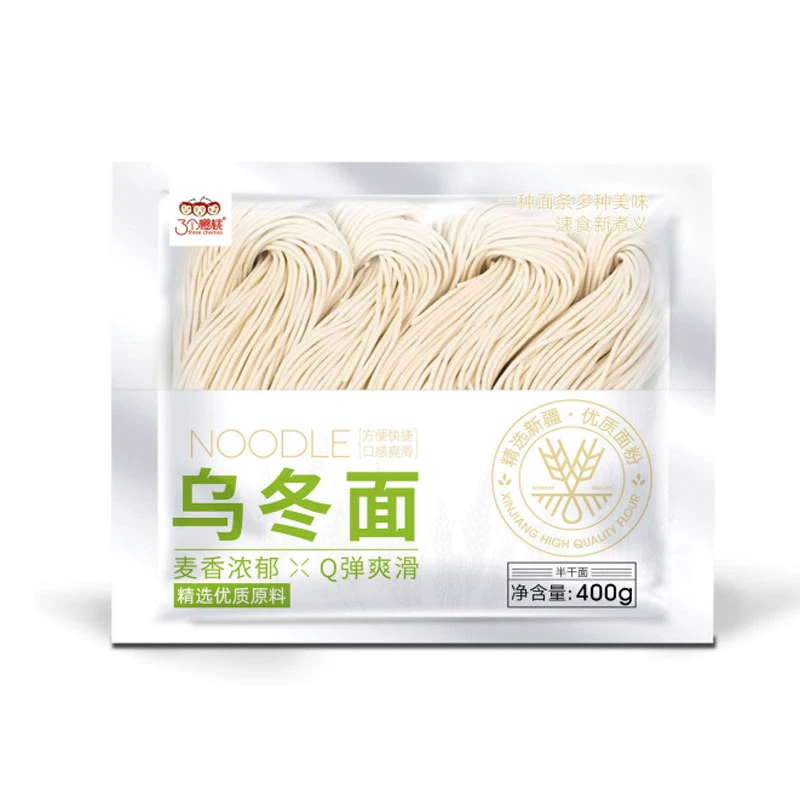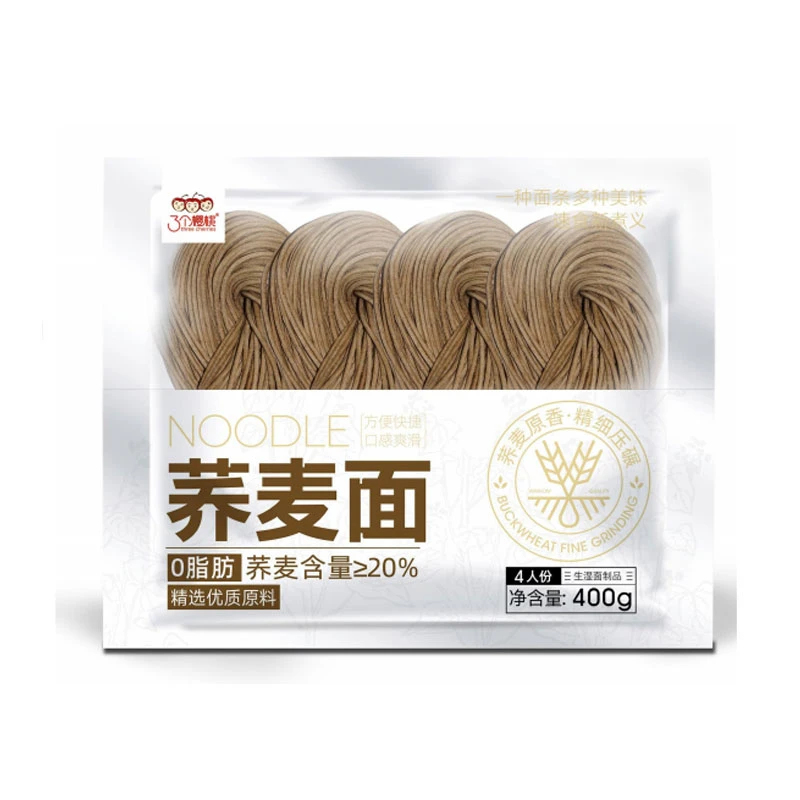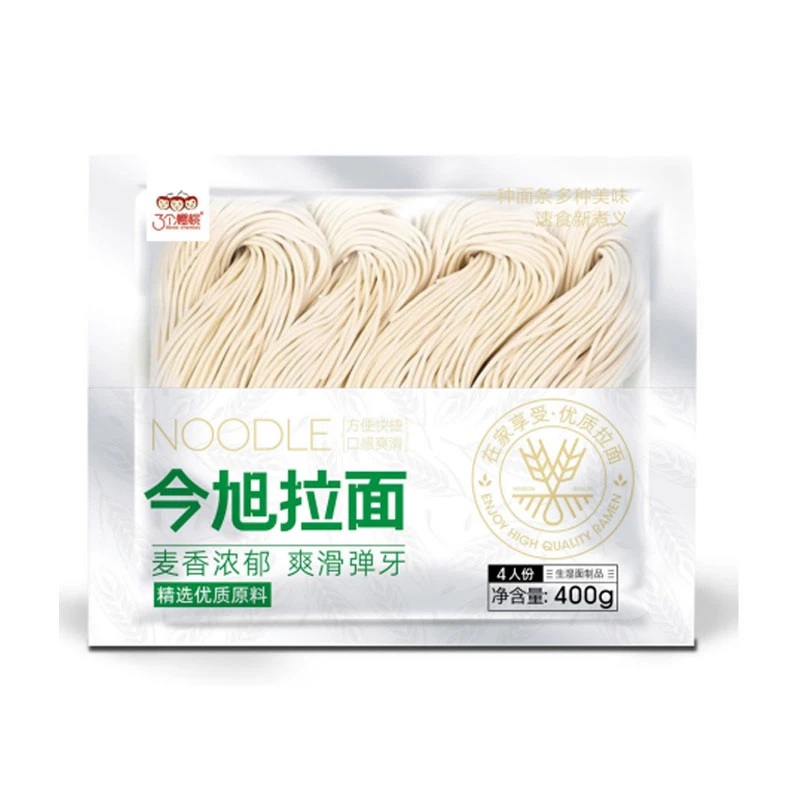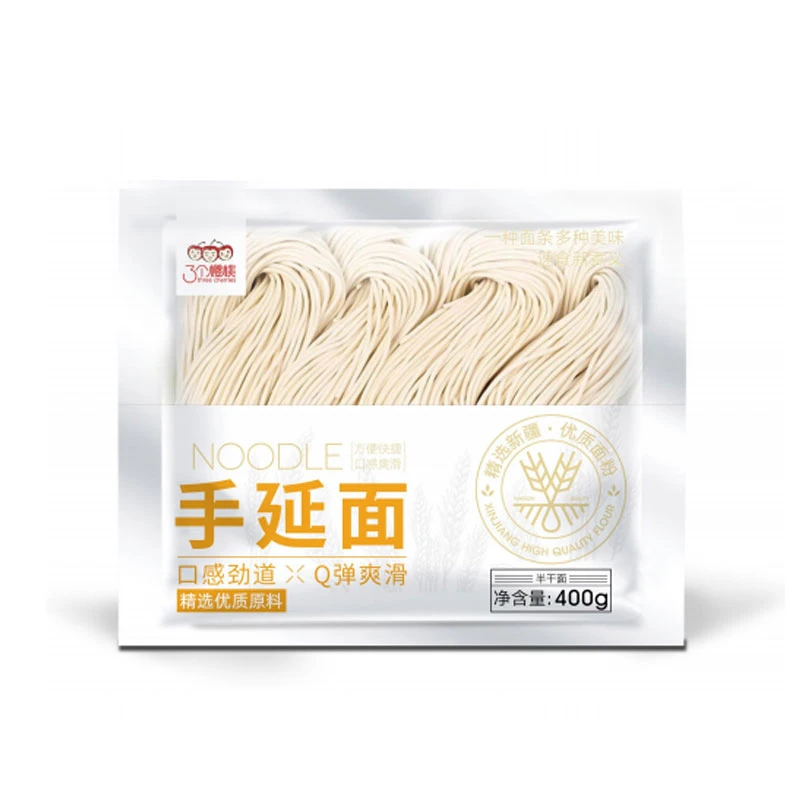Exploring Traditional and Modern Varieties
Noodles have long held a special place in kitchens across the globe, but few categories are as diverse and beloved as the kinds of egg noodles available today. From rich, golden strands of Italian tagliatelle to the springy bite of Chinese lo mein, kinds of egg noodles offer something for every palate and every recipe.
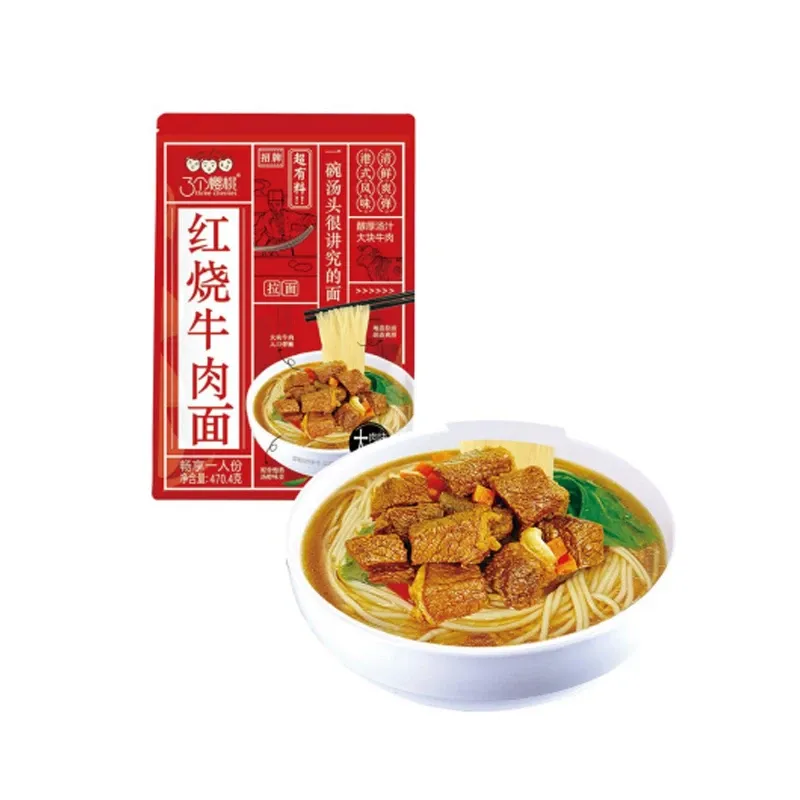
The key feature of egg noodles is, of course, the addition of eggs to the dough, which gives them their signature yellow hue and chewy, satisfying texture. Different kinds of egg noodles are defined by their thickness, shape, region of origin, and intended cooking method. In Europe, you'll find wide ribbons like fettuccine and pappardelle made with semolina flour and egg yolks. In Asia, egg noodles tend to be thinner, oilier, and more elastic—ideal for stir-frying or broth-based dishes.
In the culinary world, chefs often select specific kinds of egg noodles based on their performance in heat, sauce absorption, and how well they hold their shape in soups or fried dishes. The global rise of gourmet home cooking has only accelerated the demand for artisanal and specialty egg noodles, making them more accessible to home chefs and restaurant owners alike.
Whether served in a steaming bowl of chicken noodle soup or tossed with spicy Sichuan sauce, kinds of egg noodles bring depth, flavor, and authenticity to any dish. Their adaptability and comfort-food appeal ensure they will remain a pantry staple across cultures and generations.
Buckwheat Noodles: A Nutritious Alternative Gaining Global Popularity
Known for their rich, earthy taste and notable health benefits, buckwheat noodles are quickly gaining attention among nutrition-conscious consumers. While often associated with Japanese soba, buckwheat noodles are also popular in Korea (naengmyeon) and parts of Eastern Europe. Regardless of the region, the appeal is universal: these noodles offer a gluten-free alternative packed with nutrients.
Buckwheat noodles are made primarily from ground buckwheat flour. Though technically a seed and not a grain, buckwheat is high in protein, fiber, and essential minerals like magnesium and manganese. For those avoiding wheat or seeking more variety in their carbohydrate sources, these noodles are an ideal option.
These noodles are commonly served either cold with a dipping sauce or hot in a flavorful broth. Japanese soba is often enjoyed with wasabi, green onion, and tsuyu sauce, while Korean variations are typically paired with cold beef broth and pickled radish. But beyond traditional recipes, buckwheat noodles are versatile enough for Western salads, vegetarian bowls, and fusion-style dishes.
With increasing awareness of gut health and gluten sensitivity, demand for buckwheat noodles is rising. Many producers now offer organic, non-GMO varieties, and even flavored options like matcha or yam-infused soba. Their pleasant texture and nutty flavor make them not just a healthy choice, but a flavorful one as well.
Handmade Noodles China: A Cultural Legacy of Craftsmanship and Flavor
When discussing global noodle traditions, one cannot overlook the artistry behind handmade noodles China is known for. With a noodle culture spanning thousands of years, China has mastered the fine art of hand-pulled, knife-cut, and hand-rolled noodles. These aren’t just food—they’re a part of history.
The process of making handmade noodles China produces is deeply rooted in local customs and regional techniques. In northern China, for instance, hand-pulled noodles (lamian) are stretched repeatedly into fine strands by skilled artisans. In the Shanxi province, knife-cut noodles are shaved directly into boiling water from a block of dough with lightning speed. Each technique reflects the culinary identity of its region.
What makes handmade noodles China exceptional is the texture and elasticity that come from years of perfecting flour-to-water ratios and hand-kneading techniques. These noodles boast a chewy, tender bite that machine-made varieties often lack. Whether soaked in spicy broth, stir-fried with vegetables and meats, or eaten plain with chili oil, they offer a rustic richness you can’t replicate with instant noodles.
Today, traditional noodle artisans in China are gaining recognition on global culinary stages. Exported frozen or dried versions allow international customers to experience the time-honored flavors of authentic Chinese craftsmanship in their own kitchens. If you’re looking to taste history and culture in every bite, nothing compares to handmade noodles China brings to the table.
Buy Homemade Noodles: Elevate Your Meals with Fresh, Artisanal Quality
For home cooks and food enthusiasts who crave flavor and texture that surpasses store-bought products, the best option is to buy homemade noodles. Unlike mass-produced versions, which often sacrifice taste for shelf life, buy homemade noodles options prioritize freshness, minimal ingredients, and traditional preparation methods.
Homemade noodles are typically crafted with simple, high-quality ingredients—flour, water, eggs, and sometimes a pinch of salt—without preservatives or additives. This results in a noodle that cooks faster, absorbs flavors more effectively, and delivers a satisfying texture that elevates any dish.
There’s been a recent surge in boutique noodle makers and local producers offering handmade noodles at farmers' markets, specialty grocers, and online platforms. These small-batch operations allow consumers to buy homemade noodles that reflect regional techniques, seasonal ingredients, and artisan care. Whether you prefer soft udon, hearty wheat noodles, or rich egg pasta, there are homemade options available to suit every culinary need.
When you buy homemade noodles, you're not just supporting small businesses—you’re investing in a higher-quality product that brings authenticity to your kitchen. From traditional Italian pasta to Asian specialties like hand-cut Chinese noodles or Japanese udon, homemade noodles deliver exceptional flavor and texture.
Many brands also cater to dietary needs, offering gluten-free, low-carb, or organic variations. This means more people can enjoy the delicious benefits of artisanal noodles without compromise.
Handmade Japanese Noodles: A Tradition of Precision and Purity
The meticulous craft behind handmade Japanese noodles is a reflection of Japan's larger culinary philosophy—simplicity, purity, and attention to detail. Whether it’s the thick chew of udon, the refined elegance of soba, or the delicate strands of somen, handmade Japanese noodles offer a sublime eating experience rooted in centuries of tradition.
Each type of noodle tells a different story. Udon, made from wheat flour, is prized for its thickness and chewiness, typically served in warm broths or chilled with dipping sauce. Soba, made from buckwheat, has an earthy, nutty flavor and is often handmade in rural workshops by masters who have trained for decades. Somen, the thinnest of the three, is often enjoyed cold and dipped into light soy-based sauces.
What makes handmade Japanese noodles stand out is the dedication to quality and the precision with which they are crafted. From the kneading and resting of dough to the hand-cutting and drying processes, every step is a meditation on patience and excellence.
Global demand for handmade Japanese noodles has grown as food lovers seek more authentic and health-conscious alternatives to mass-produced products. Many Japanese noodle makers now export frozen or dried handmade noodles so customers around the world can taste the quality of true Japanese craftsmanship.
Whether you're creating a traditional miso soup, cold noodle salad, or experimenting with fusion dishes, handmade Japanese noodles bring authenticity, elegance, and flavor that’s hard to match.
FAQs About Noodles
What’s the best way to cook different kinds of egg noodles?
Each of the kinds of egg noodles cooks differently depending on its thickness and origin. Thin egg noodles like those used in lo mein need just a few minutes in boiling water, while thicker Italian varieties like tagliatelle may take 8–10 minutes. Always check package instructions and aim for an al dente texture. Avoid overcooking, as egg noodles can become mushy quickly.
Are buckwheat noodles gluten-free and safe for celiac diets?
Pure buckwheat noodles, often labeled as “100% buckwheat” or “juwari soba,” are naturally gluten-free and safe for celiac or gluten-sensitive individuals. However, many buckwheat noodle products contain wheat flour to improve texture, so always read ingredient labels carefully. For strict gluten-free diets, look for certified gluten-free packaging.
Where can I find authentic handmade noodles China exports?
To buy handmade noodles China produces, visit specialty Asian grocery stores, international food markets, or reputable online platforms. Many Chinese noodle makers now offer frozen or vacuum-sealed handmade noodles for export. Look for regional varieties like lamian (hand-pulled) or dao xiao mian (knife-cut) to experience traditional craftsmanship.
Is it worth it to buy homemade noodles instead of store-bought ones?
Yes! When you buy homemade noodles, you’re getting a fresher, more flavorful product with better texture and fewer preservatives. They cook faster, hold sauces better, and offer a more authentic culinary experience. Many small producers also use traditional methods and natural ingredients, giving you a taste of homemade quality that’s hard to find in commercial brands.
What makes handmade Japanese noodles different from machine-made ones?
Handmade Japanese noodles are crafted with care and tradition. The dough is often kneaded by hand, rested to develop texture, and sliced precisely to ensure uniformity. This process results in noodles that have a better bite, absorb flavors more deeply, and deliver a more authentic taste. Unlike machine-made noodles, handmade versions often use fewer additives and are rooted in regional and artisanal culinary traditions.
-
Exploring the World of Bulk Ramen NoodlesWararkaAug.26,2025
-
Choosing to Buy Ramen Noodles in BulkWararkaAug.26,2025
-
Fast Cook Noodles: Convenient Staples for Modern LifestylesWararkaAug.23,2025
-
Italian Noodles: Versatile Staples of Global CuisineWararkaAug.23,2025
-
Italian Noodles: A Timeless Culinary HeritageWararkaAug.23,2025
-
Instant Cold Noodles: A Refreshing Culinary ConvenienceWararkaAug.23,2025
-
Buckwheat Noodles: The Art and Nutrition of Handmade SobaWararkaAug.23,2025
Ka eeg badeecada soo socota oo cusub













































































































